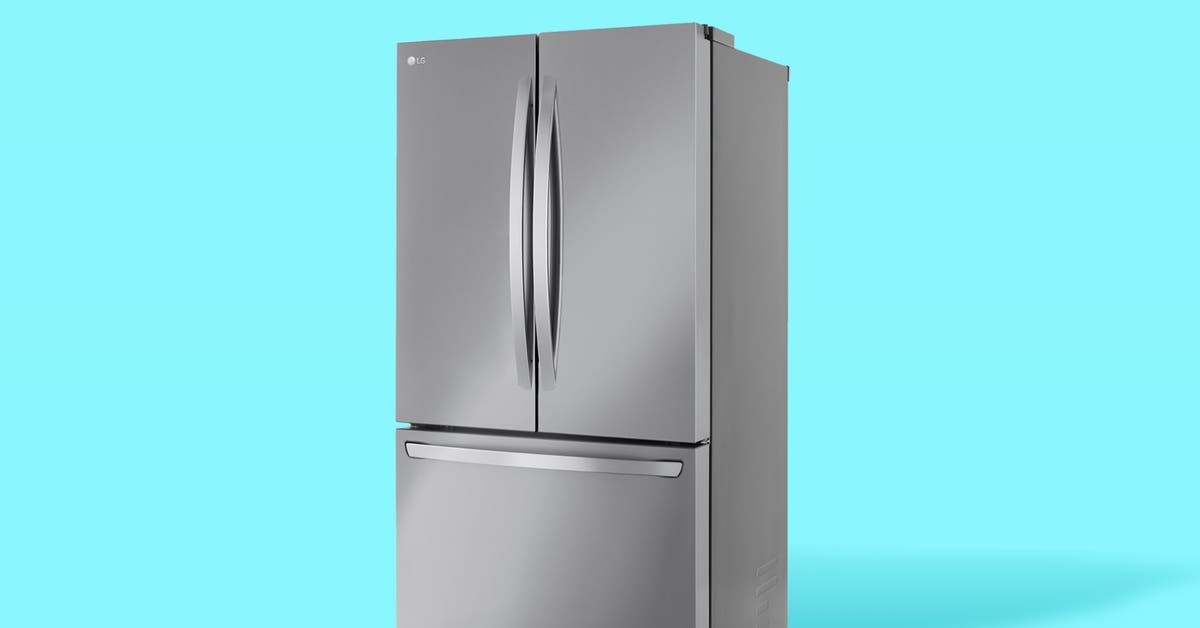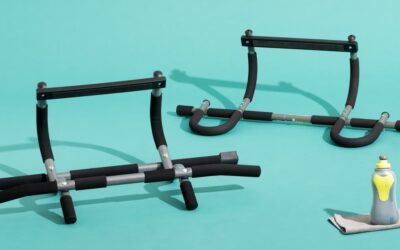Buying a refrigerator requires some forethought and planning. So be sure to consider the following details:
Exact dimensions: Make sure you measure carefully. Fridges of all types are typically sold by width, generally ranging from 24 inches to 36 inches. But every fridge has slightly different dimensions and clearance requirements for airflow and door swing. In their manuals or specification sheets, most manufacturers include measurements, which tend to be more accurate than the specs listed on retailers’ websites. Your fridge must also fit through the doors and hallways of your home and under any overhead cabinets or shelving.
Freestanding or built-in model: Our recommendations cover freestanding refrigerators that have finished sides, so they can be installed anywhere, not just between cabinets or counters. Built-in models, which are pricier, are designed to fit into a custom cutout and sit flush with the cabinetry; the best-known brand in this category is Sub-Zero. And with some built-in models, you can even add panels to match that cabinetry; these are usually called “panel-ready” or “integrated” refrigerators. Freestanding refrigerators typically cost between $500 (for a small, no-frills top-freezer model) and $5,000 (for a large, premium, counter-depth fridge). By contrast, built-in models tend to start at $4,000 for the most basic model.
Standard-depth or counter-depth model: A standard-depth refrigerator is typically anywhere from 30 to 36 inches deep, and it can protrude from countertops and cabinets. A true counter-depth refrigerator is less than 25 inches deep (excluding a handle), and it fits flush with counters. Freestanding fridges this shallow, which are typically no wider than 30 inches, have much less capacity and are rare.
That said, many companies describe models that measure between 29 and 32 inches deep (sometimes even more) as “counter-depth.” Such fridges usually have a little less capacity than their standard-depth counterparts, but they have more capacity than a true counter-depth model. The frame on these counter-depth fridges is typically 24 inches deep, to line up with counters and cabinets; the door and handles extend another few inches, giving them a more streamlined look. (One example is our favorite standard-depth French-door refrigerator, which is around 29 inches deep and labeled “counter-depth max.”)
Capacity: Measured in cubic feet, capacity is the amount of fillable space in your fridge and freezer. Our research shows that fridges with a lot of capacity tend to make people happier than those with less capacity, but that happiness levels off after 20 cubic feet. A 36-inch fridge of any kind — standard-depth or counter-depth — should provide at least that. (On the smaller side, a 28-inch fridge should give you at least 15 cubic feet of capacity.)
Ice makers and dispensers: Despite their ubiquity and convenience, ice makers and dispensers are still a primary “point of failure” in a fridge, said Dan Conrad, an appliance reliability and testing expert at the commercial-refrigeration company Hussmann. They’re likely to need repairs or costly parts, to work poorly, or to stop functioning altogether. And they require a water-line connection. Through-the-door dispensers also interrupt the facade of a fridge and are among the first features to look out of date. That said, we do offer several recommendations that have that option.
Filters: With nearly all water- and ice-dispensing systems, you’ll have to change a filter, usually every six months. A few refrigerators also have replaceable air filters, which theoretically should reduce odors inside the fridge. The filters are an extra yearly expense that many of our 2023 survey respondents said surprised them. (Replacing a filter is still cheaper than regularly buying bottled water or ice, and it’s easier than replacing a box of baking soda every three months.)
Adjustable crisper drawers: All but the most affordable fridges tend to have some system in place for adjusting the flow of air into crisper drawers, which can add or subtract humidity and extend the life of fruits and vegetables. These drawers also tend to have fewer gaps around their handles and edges.
Digital temperature control: All but the most affordable fridges will have digital sensors that precisely track internal temperature, as well as separate controls that can independently adjust the temperatures of the refrigerator and freezer compartments. All but the most affordable fridges also typically allow you to set the temperature of the compartments to an exact degree using a digital control panel, often either on the door or just inside it. More affordable models may have a mechanical slider knob that you can only adjust from cold to colder.
Finishes: In our 2023 reader survey, many fridge owners said they were frustrated with stainless steel finishes, no matter the brand or model of fridge or whether a finish was labeled “fingerprint-resistant.” Compared with other kinds of finishes, stainless steel requires specific types of cleaning agents and more attention to keep it free of smudges or scratches—be sure to consult your fridge’s manual for the best approach. (Our guide to cleaning stainless steel appliances can help.)
Smart-home technology and Wi-Fi connectivity: Some models come with Wi-Fi connectivity and smart features, including remote alerts if the fridge fails or a door is ajar. You can potentially adjust temperature settings remotely, get diagnostic help for issues, or even set an ice maker to produce more ice for a dinner party while you’re on your way home.
Brand reputation and reliability: We prioritize brands that have fairly wide national distribution and service teams, as well as those that earn high ratings for quality, reliability, and long-term satisfaction. Overall, according to our research, most fridges, regardless of brand, tend to perform reliably. Major problems, such as total compressor or cooling-system failures, are rare. (Such issues can crop up regardless of brand or price.) It’s what comes next — such as service access or parts availability — that is ultimately more important. Before you make a purchase, determine which local repair companies will service the model you want to buy during and after the warranty period.
Installation and service: Before you buy a fridge, determine who will install it (especially if you’re hooking up a water line for an ice maker) and who will haul away the old one. Also consider which local repair companies will service your fridge if it breaks, both during the warranty period and afterward. (Some brands, such as GE Appliances, have dedicated repair teams, which is ideal.) Many of our 2023 reader survey respondents noted that they should have learned more about these points before they bought their fridges. Familiarize yourself with your new refrigerator’s warranty and service plan, and consider purchasing any available extended warranties from the company or the seller.
Warranty: Though a one-year warranty for parts and labor is standard, many companies also cover the compressor for a longer period, especially for larger-width models. Some companies also directly offer optional extended warranty programs (this typically pertains to more expensive fridges).
Energy efficiency and environmental friendliness: In all of our fridge guides, we have traditionally prioritized fridges that have Energy Star certification. Counter-depth models are more efficient than their standard-depth counterparts (there’s simply less fridge to keep cool). Energy-efficient refrigerators in general have components that are designed to work more efficiently, including variable-speed compressors (which respond to how much cooling your fridge actually needs). The models that we recommend as being most efficient tend to use variable-speed compressors.
Some models have a separate cooling element (called an evaporator coil) — one for the freezer and one for the fresh-food compartment — which circulates cold air from the freezer into the fridge. This dual system makes temperature management more efficient, and it tamps down odor transfer, said Jason May, head of product management for bottom-freezer fridges at GE Appliances.
Nearly all new refrigerators use climate-friendly R600a refrigerant, according to the Environmental Protection Agency. If the refrigerant leaks, it will have no effect on the ozone layer and a negligible effect on global warming.
(In the future, Energy Star and efficiency standards may end. At this writing, the Trump administration had moved to eliminate or roll back many requirements. However, most experts agree that any potential loosening of regulations will take a significant amount of time to change how appliances are designed.)
This article was edited by Ingrid Skjong and Courtney Schley.






0 Comments